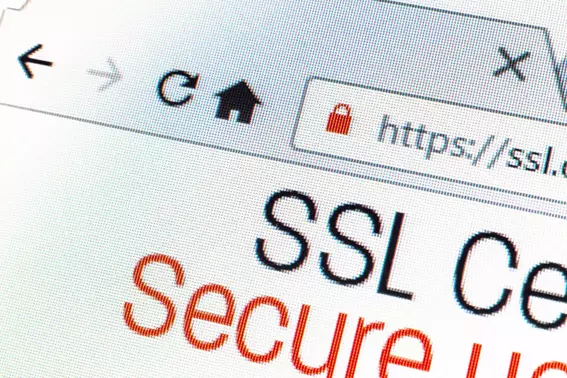SSL (Secure Sockets Layer) is a protocol for establishing secure connections between web servers and clients. It was the precursor to the current industry standard, TLS (Transport Layer Security).
Hackers generally do not like SSL because it makes their job more difficult. SSL encrypts the data sent between a web server and a client, which means that even if a hacker can intercept the data, they are not able to read or make use of it. Additionally, SSL certificates are used to authenticate a website’s identity, which helps prevent phishing and other forms of online fraud. Hackers may also dislike SSL because it can make it more difficult to launch certain types of attacks, such as man-in-the-middle attacks. SSL is an important tool for securing online communications and protecting against cyber threats.

SSL is important because it encrypts the data sent between a web server and a client, such as a web browser. This protects sensitive information, like login credentials and financial data, from being intercepted by third parties during transmission. Additionally, SSL certificates are used to authenticate the identity of a website, helping to prevent phishing and other forms of online fraud.
How to get SSL on the website?
There are a few ways to get SSL on a website:
- Purchase a certificate from a trusted certificate authority (CA): This is the most common method for obtaining SSL for a website. You can purchase a certificate from a variety of companies, such as DigiCert, GlobalSign, or Comodo. After purchasing, you will need to install the certificate on your web server.
- Use a free SSL certificate: Some organizations, such as Let’s Encrypt, offer free SSL certificates that can be used on a website. These certificates are typically easy to install and can be renewed automatically.
- Generate a self-signed certificate: This method is suitable for testing purpose and not for production use. It generates a certificate that is signed by the website’s own server, and not a trusted CA. This can be used for development and testing, but it will produce a warning message in browser for the end user.
- Cloud provider SSL: Many Cloud providers like AWS, Azure and GCP also provide a way to get SSL for a website by using their service like AWS Certificate Manager, Azure App Service or GCP Cloud Load balancer.
Once you have an SSL certificate, you will need to install it on your web server and configure your website to use HTTPS. Additionally, you may need to update any hard-coded links on your site to use HTTPS instead of HTTP.



